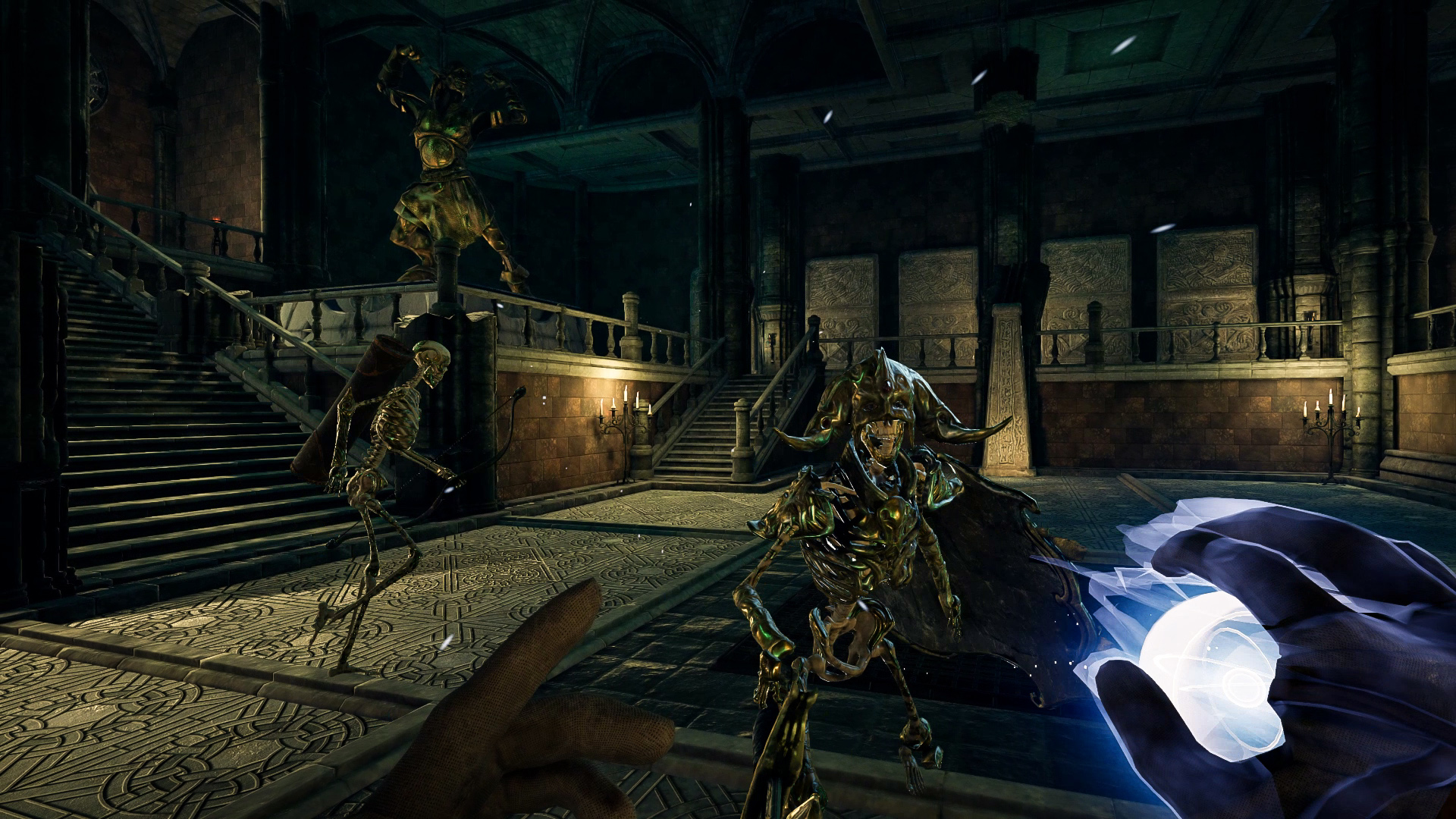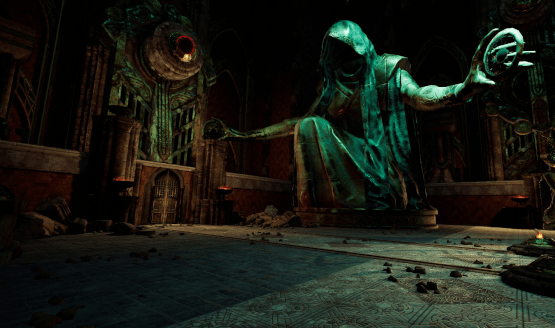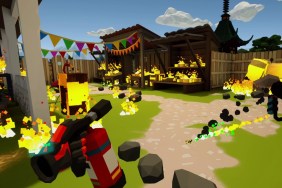Tabletop games, such as Dungeons & Dragons, allowed people to live out their fantasy of being, among other things, wizards. But tabletop players had to use their imagination to envision what that would all entail. Video games brought much of this to life with RPGs, but virtual reality seems poised to finally allow people the chance to see what it’s like to cast spells with the flick of a wrist. inXile Entertainment released the VR game The Mage’s Tale on the Oculus Rift back in 2017. Roughly a year and a half later, the game has been ported over to the PlayStation 4. Time to find out if the extended wait has been worth it for console players.
A Good Length
The Mage’s Tale is a full-fledged RPG, with a voice acted story to boot. It’s pretty standard fare as far as the narrative goes. You play as a mage-in-training whose mentor has been kidnapped by an evil wizard. It’s up to you and a snarky goblin assistant of your mentor to defeat the evil wizard and save the day. In fact, this story takes place before The Bard’s Tale IV: Barrows Deep, one of inXile’s other traditional games. The campaign will run average gamers anywhere from 7-12 hours, depending on how closely things are explored or how quickly combat is figured out. Completionists could add in a couple of extra hours.
The Unreal Engine powers The Mage’s Tale, which by now is such a mature engine that it should be a smooth experience no matter which version of the PS4 you are playing on. The frame rate remains high throughout the adventure, ensuring no motion sickness from a laggy experience. While no optimizations for the PS4 Pro are out for the game as of publication, we have received word that this game will get a PS4 Pro-focused update, which will hopefully result in a better-looking game. Not to say that The Mage’s Tale looks bad, but it does have the usual look and feel of a VR game, where graphics are scaled back a bit to ensure a high frame rate.
Controls require the PlayStation Move controllers, but since these were not designed with VR in mind, the lack of analog sticks means moving around can be a little awkward. Moving forward and backward can be done with the circle and cross buttons on the dominant hand’s controller, a setting which can thankfully be toggled, and rotating the view is handled via the same buttons on the opposite hand. Alternatively, teleporting is an option, as has been done in countless other first-person VR games. Holding the Move button on the opposite hand and pointing will reveal an icon indicating where the player will be teleported to once the Move button is released. This works well enough and can even be done blindly without looking at the destination, something that is especially helpful during battles, if a bit unwieldy.
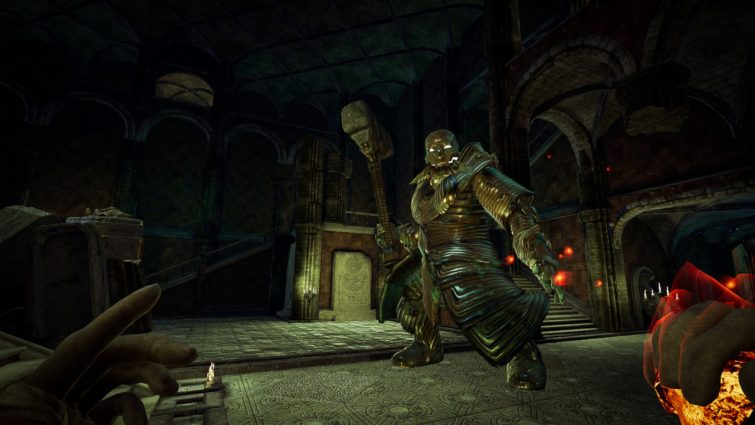
Audiovisual Cues
In an effort to keep the immersion going strong, The Mage’s Tale features a minimal HUD. In fact, there is really none to speak of. The player’s health is located on top of their left hand, which means you actually have to look down to see if you need to heal. Meanwhile, the right hand indicates the amount of experience points required to level up. Enemies have no health bars, but rather use obvious death animations to indicate when they have taken enough damage.
Combat in The Mage’s Tale consists of looking at an enemy, holding the trigger on whichever hand is set to cast spells, and “throwing” the spell towards said opponent. Helpful icons appear around whichever enemy is currently targeted, and most spells will drift towards that enemy, provided the spell is cast in the general direction of that enemy. Switching spells is as easy as holding a button and moving the casting hand towards an equipped spell. A shield can also be summoned and used with the opposite hand. It’s an intuitive control scheme that works quite well in the heat of battle.
Battles are peppered throughout the adventure, typically in between puzzles, and do not seem too challenging. It can feel daunting in the early going of the campaign, as the player has hardly any HP to speak of and just a few hits can mean a game over. Learning and remembering that standing still is a surefire way to lose can be a big help in avoiding frustration. There are even proper boss fights, such as against a giant who has a moveset to learn and avoid.
Puzzles break up the action at a nice pace, though they aren’t usually particularly tough. In fact, some The Mage’s Tale puzzles are designed to utilize every cubic inch of play space, such as one where the player is tasked with rotating glyphs situated above eye level. As anyone with a smaller room can attest, this can sometimes be a problem in VR. I was playing in a fairly large room, standing a good five feet back from the PlayStation Camera, and it still took a lot of messing around with the camera’s position to allow puzzles like this to be interacted with smoothly. This isn’t really a fault of the game, but with the current limitations of PSVR.
Needs More Eye of Newt
What fun would a wizard simulation VR game be if you couldn’t concoct spells? Throughout The Mage’s Tale, players will find various brewing ingredients, which are taken back to base by a frog that sucks these ingredients up after you toss them his way. A neat mechanic exists whereby the player can return to the laboratory by simply raising one arm above their head for a while. A blue aura appears around the area and gradually shrinks, teleporting the player to the lab.
The lab has various rooms, which can display things found in the campaign, but the main draw is the cauldron. Here, new spells can be discovered. Really, that is the best word for it, as The Mage’s Tale includes no pre-set spell recipes. Players are required to learn which ingredients do what and listen to the cauldron. Grabbing ingredients is done by physically doing so with the trigger button, which is such a simple yet satisfying interaction. Ingredients are placed on rotating shelves, which can be turned by simply gesturing near them. Once you start making, the pot lets you see how the latest recipe is going. If it’s bubbling intensely, adding more ingredients other than color is likely to result in a failure to brew. There is no penalty for mixing too many ingredients together, other than the cauldron burping and all of the current ingredients being reset.
Once a suitable brew has been devised, a simple stir of an oversized spoon with a skull for a handle will produce a spell, which can then be grabbed and placed in an empty spell slot or replace an existing spell. There are hundreds of spell combinations, and even cosmetic effects can be added to spells. So if you want an airburst spell that knocks enemies off cliffs while leaching their life and blasting out confetti as it does, you can make it a reality.
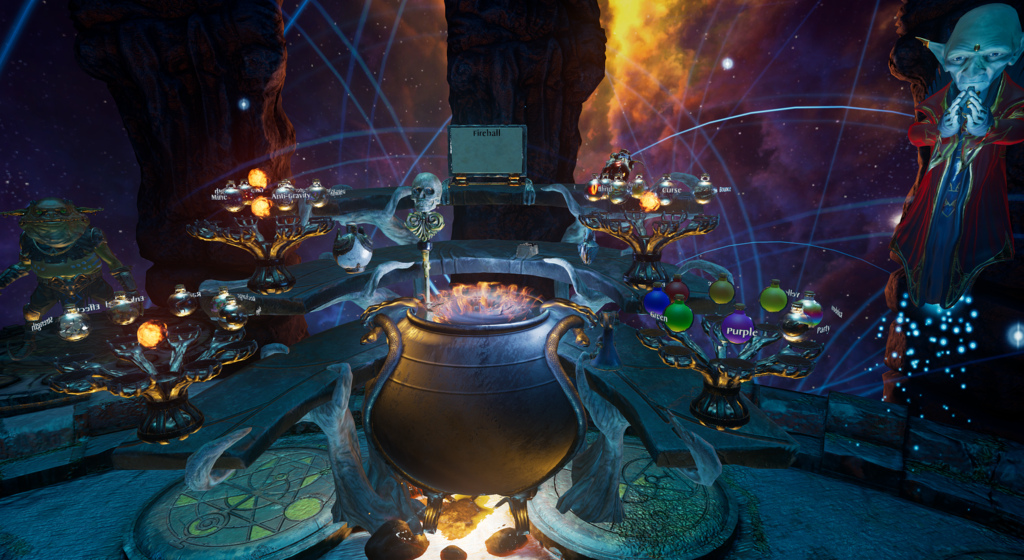
Fire Burn and Cauldron Bubble
The Mage’s Tale isn’t a game that shows hints of what the future may hold for virtual reality, but rather an example that the future is now. It stands on its own as a genuinely fun experience that shows this space has started to mature. Most faults with this adventure lie in the assumption that gamers will have ample room to stand up and stretch in a large play space. Controls are also bound to suffer, since Sony’s Move controllers were not designed with VR in mind. Yet the core game is solid, and those hoping to feel like a wizard-in-training need only boot up The Mage’s Tale and strap on a headset.
-
Concocting spells is oh-so-fun
-
Nice pacing of fights and puzzles
-
Entertaining, lighthearted story
-
Needs a very large play area
-
Combat may frustrate some in the beginning
The Mage's Tale PS4 Review
-
The Mage's Tale PS4 Review #1

-
The Mage's Tale PS4 Review #2
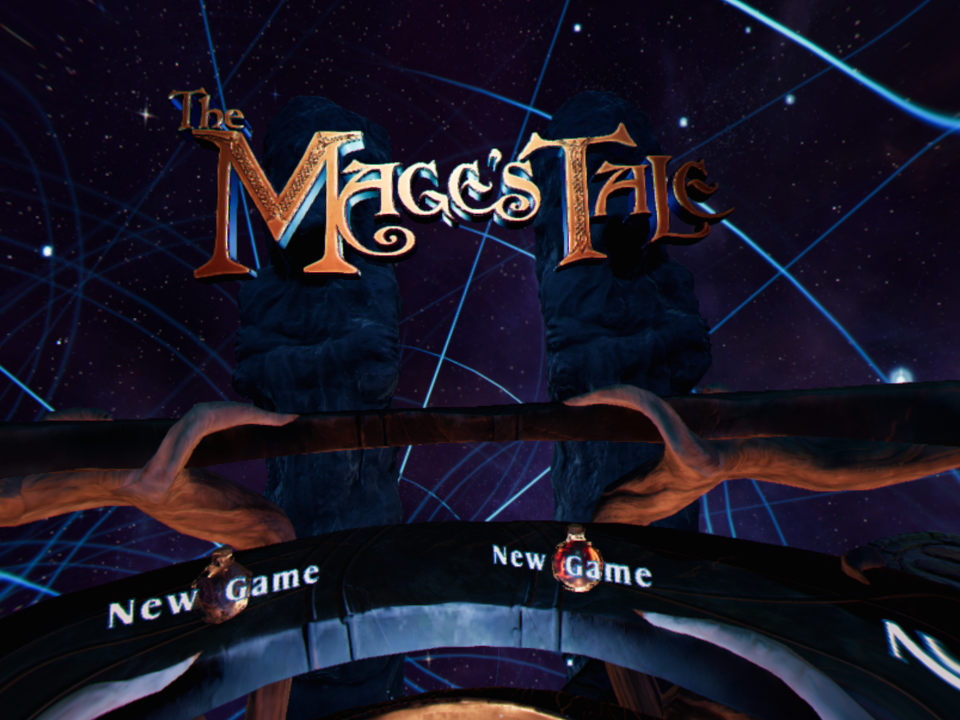
-
The Mage's Tale PS4 Review #3
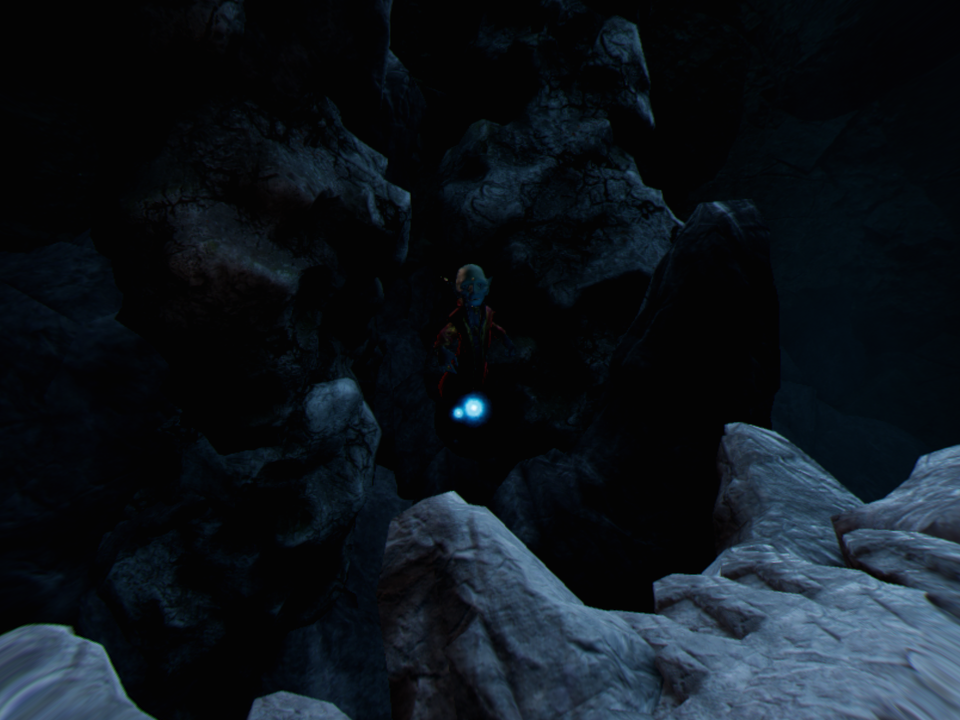
-
The Mage's Tale PS4 Review #4
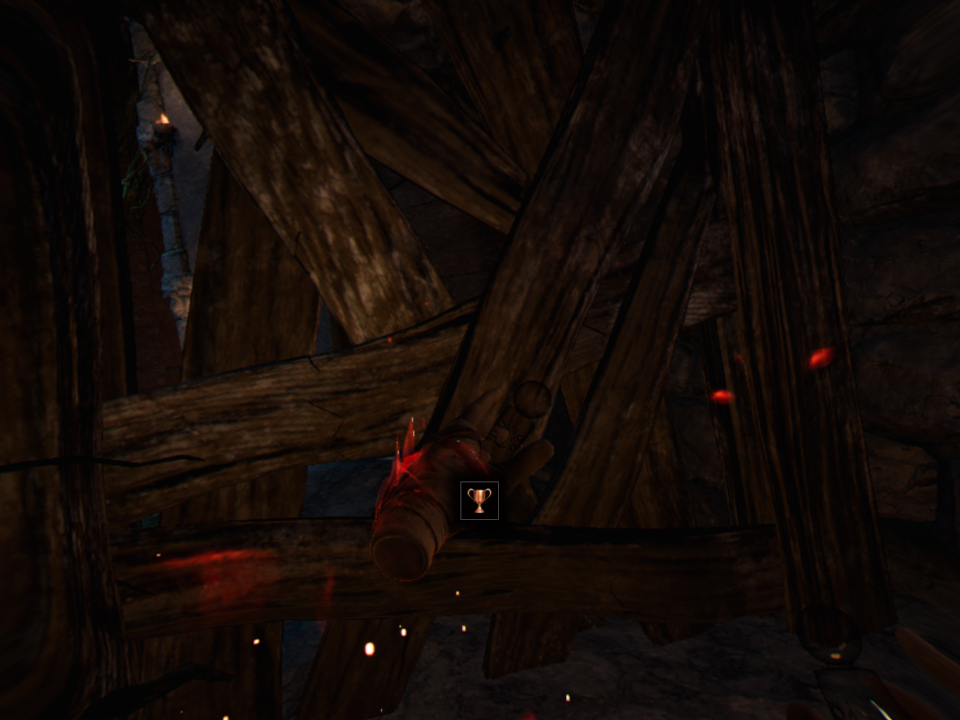
-
The Mage's Tale PS4 Review #5
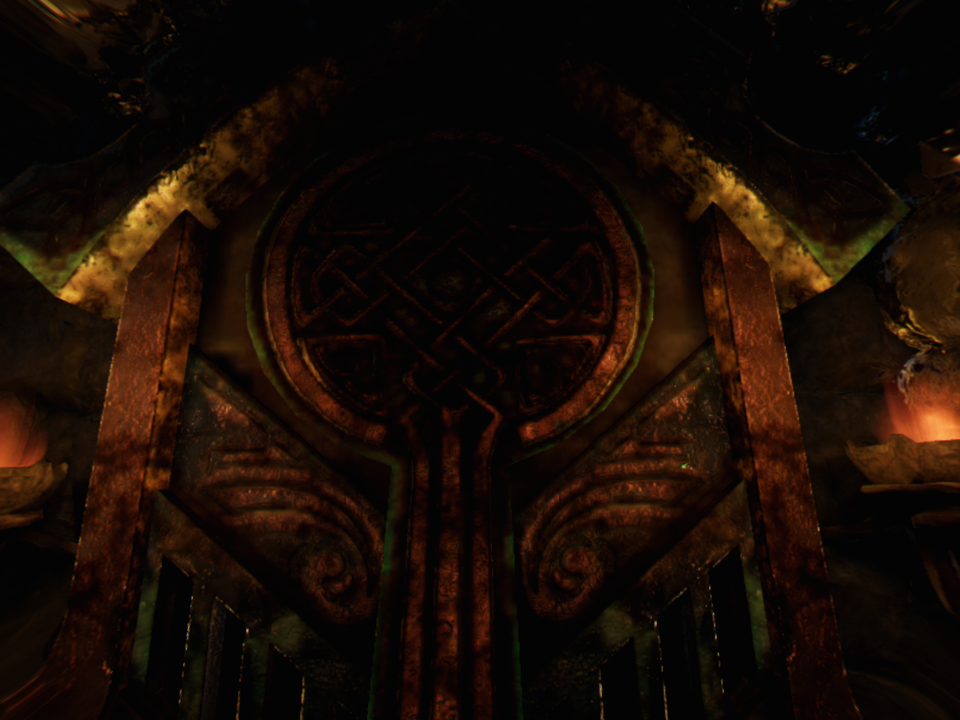
-
The Mage's Tale PS4 Review #6
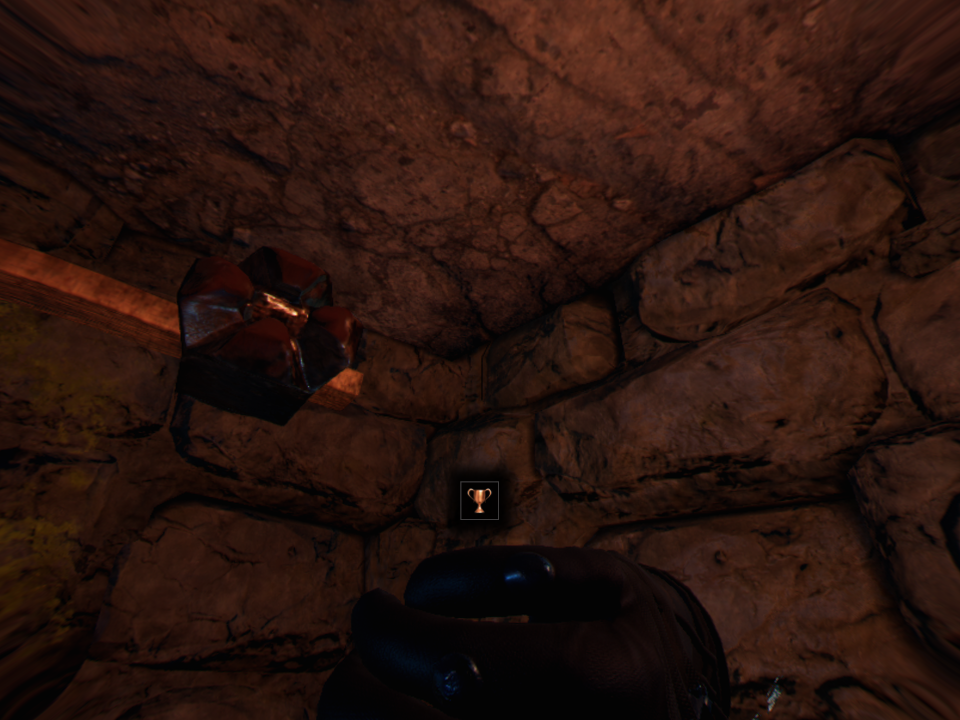
-
The Mage's Tale PS4 Review #7
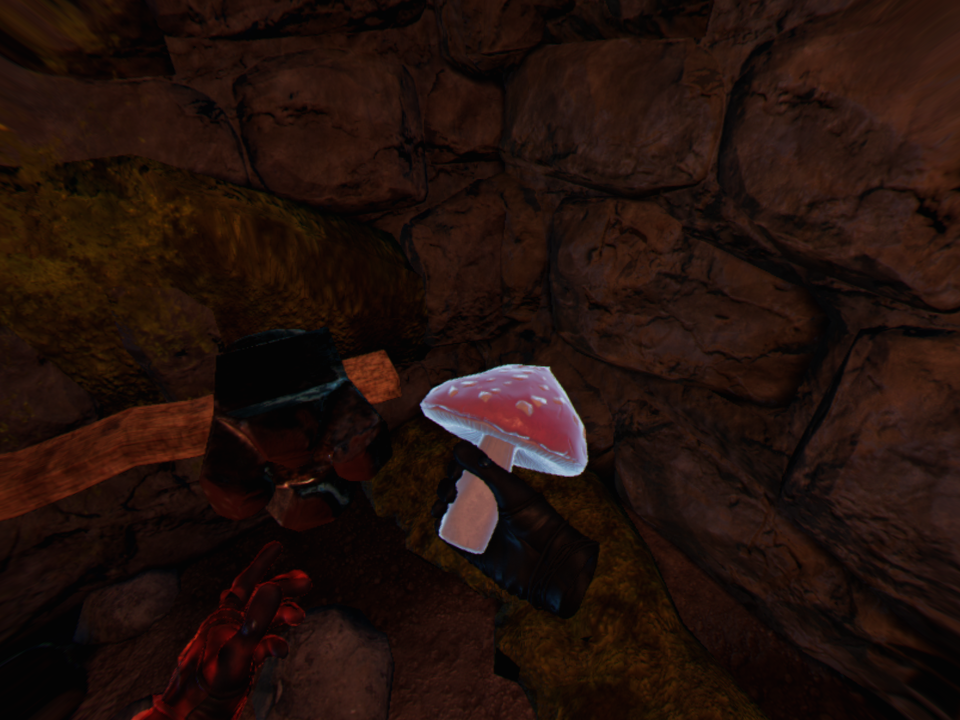
-
The Mage's Tale PS4 Review #8
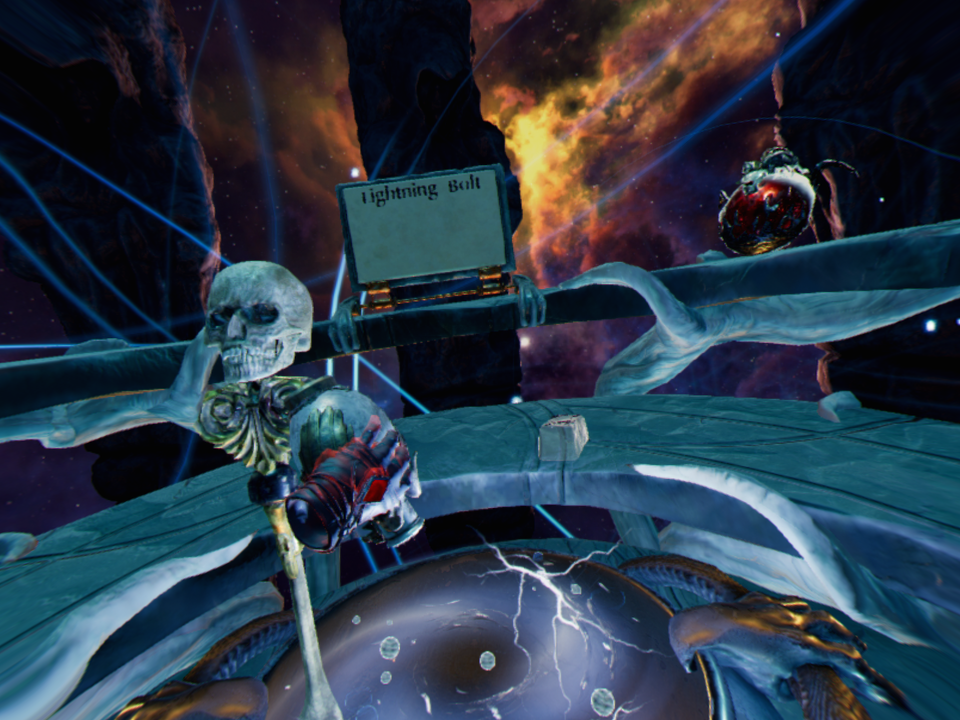
-
The Mage's Tale PS4 Review #9
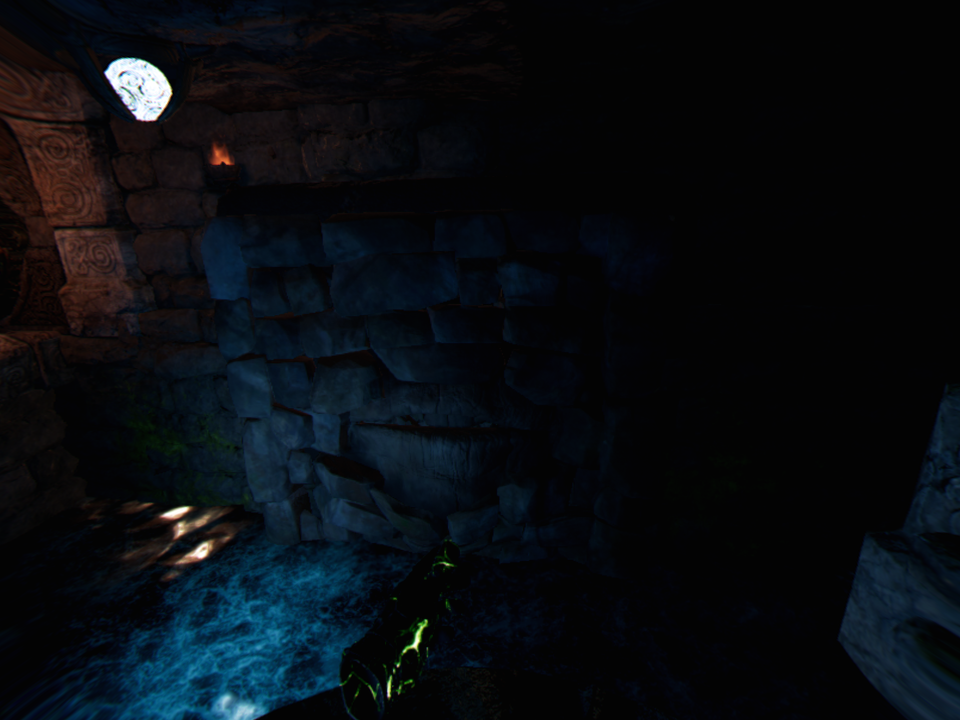
-
The Mage's Tale PS4 Review #10
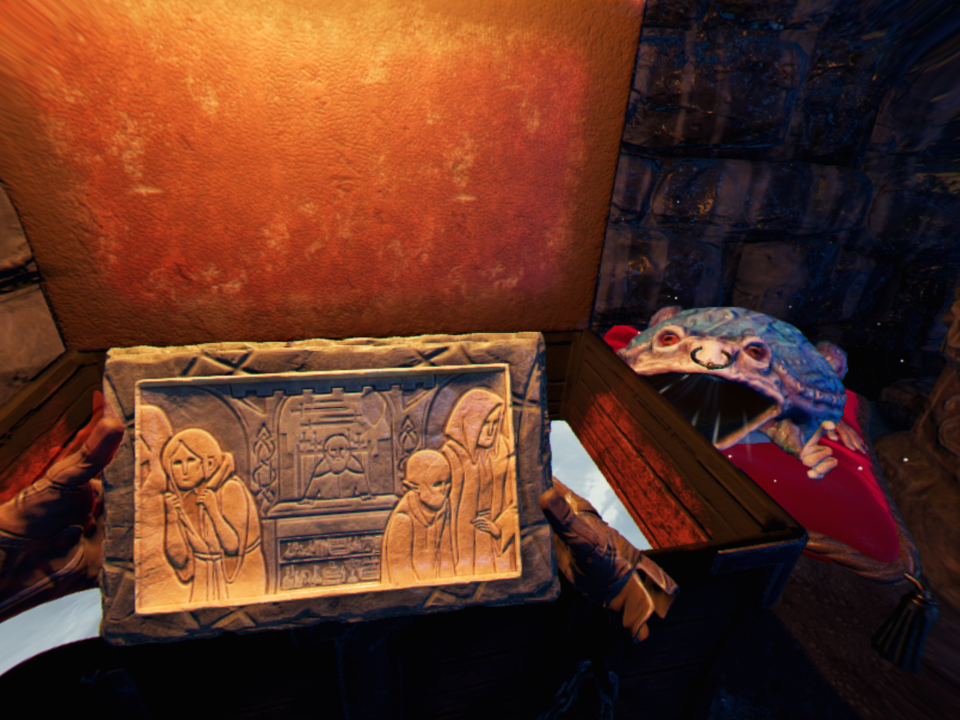
-
The Mage's Tale PS4 Review #11
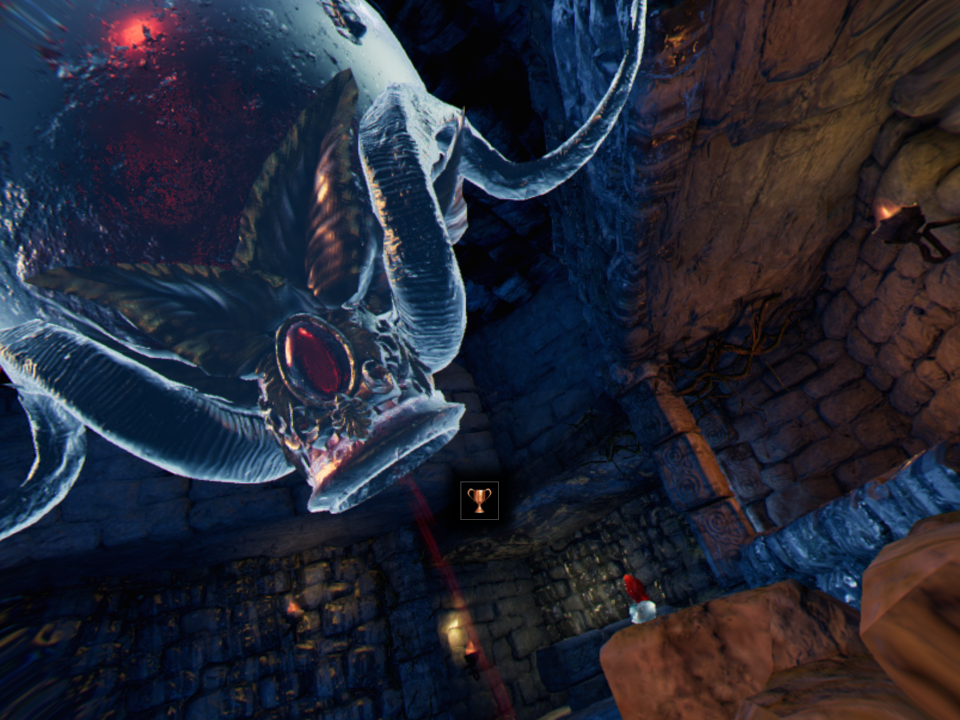
-
The Mage's Tale PS4 Review #12
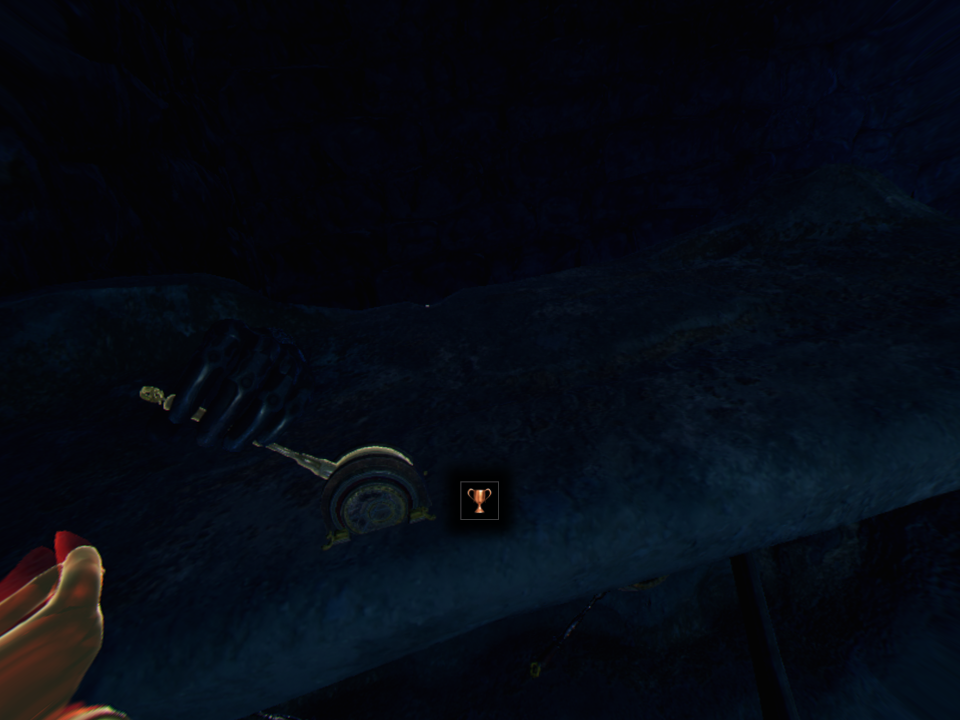
-
The Mage's Tale PS4 Review #13
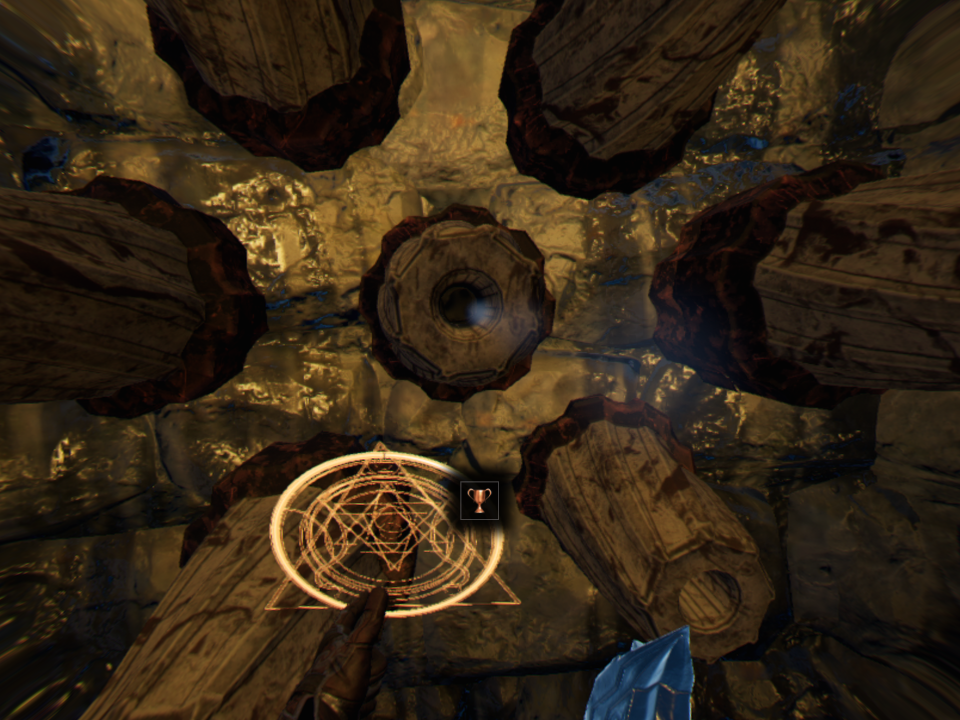
-
The Mage's Tale PS4 Review #14
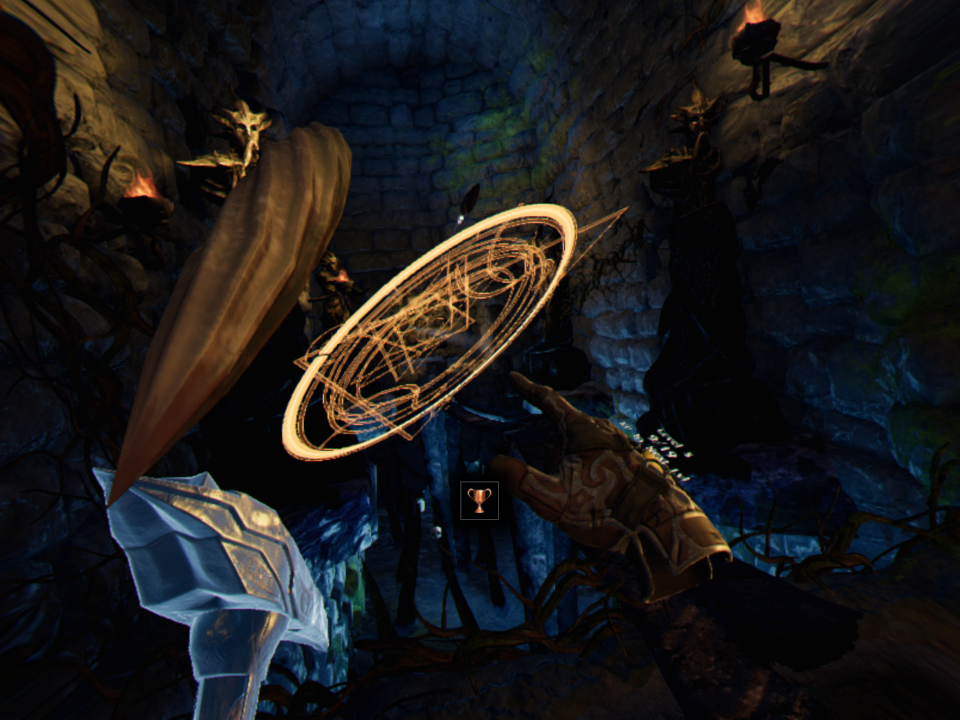
-
The Mage's Tale PS4 Review #15
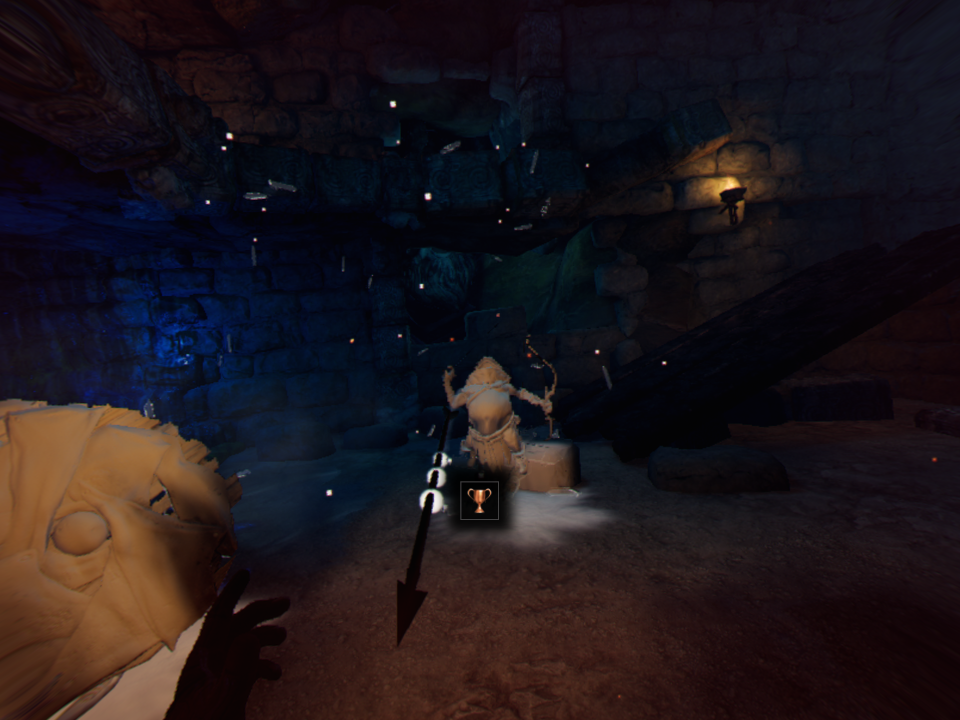
-
The Mage's Tale PS4 Review #16
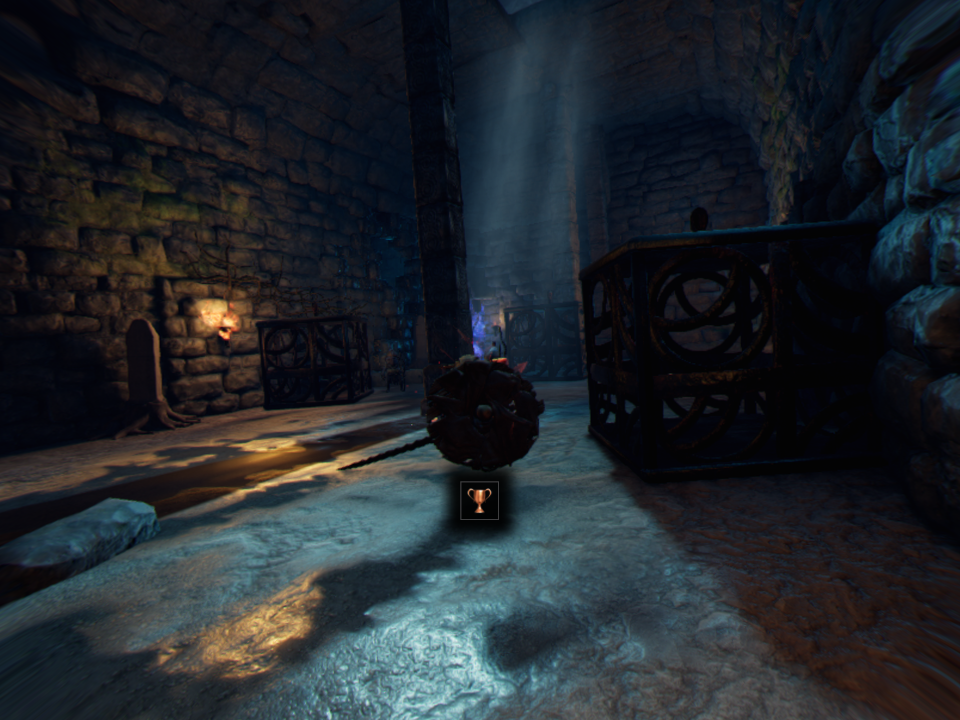
-
The Mage's Tale PS4 Review #17
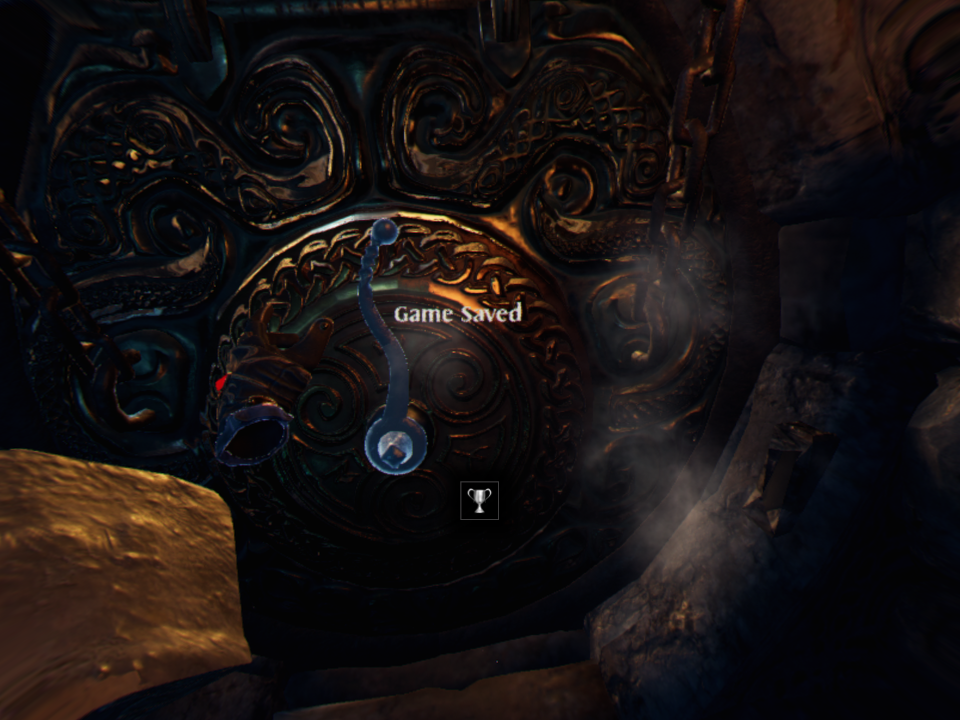
-
The Mage's Tale PS4 Review #18
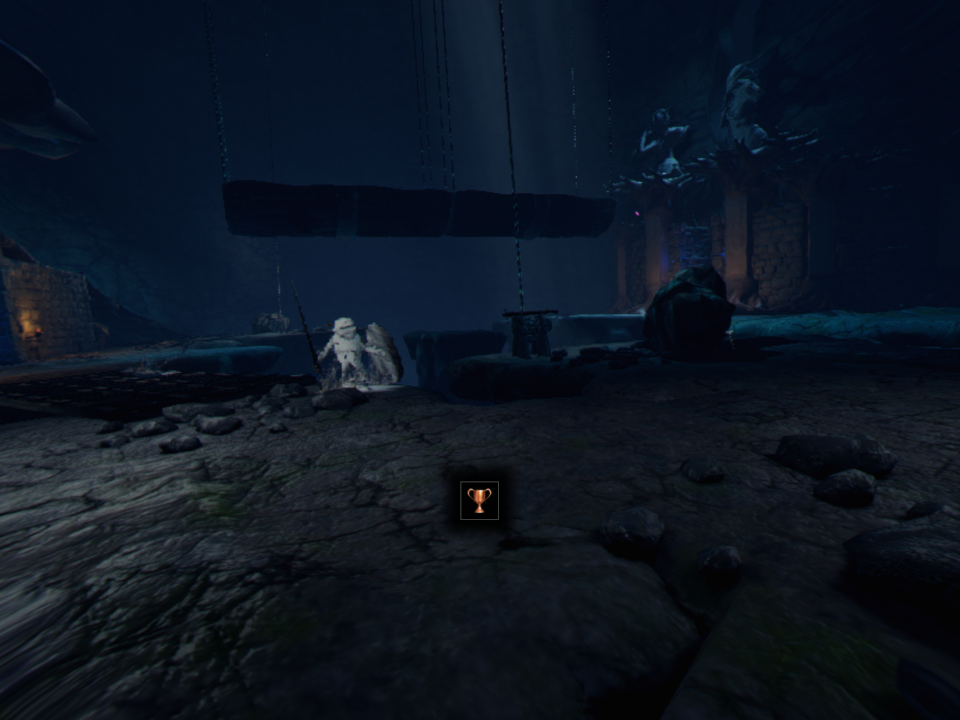
-
The Mage's Tale PS4 Review #19
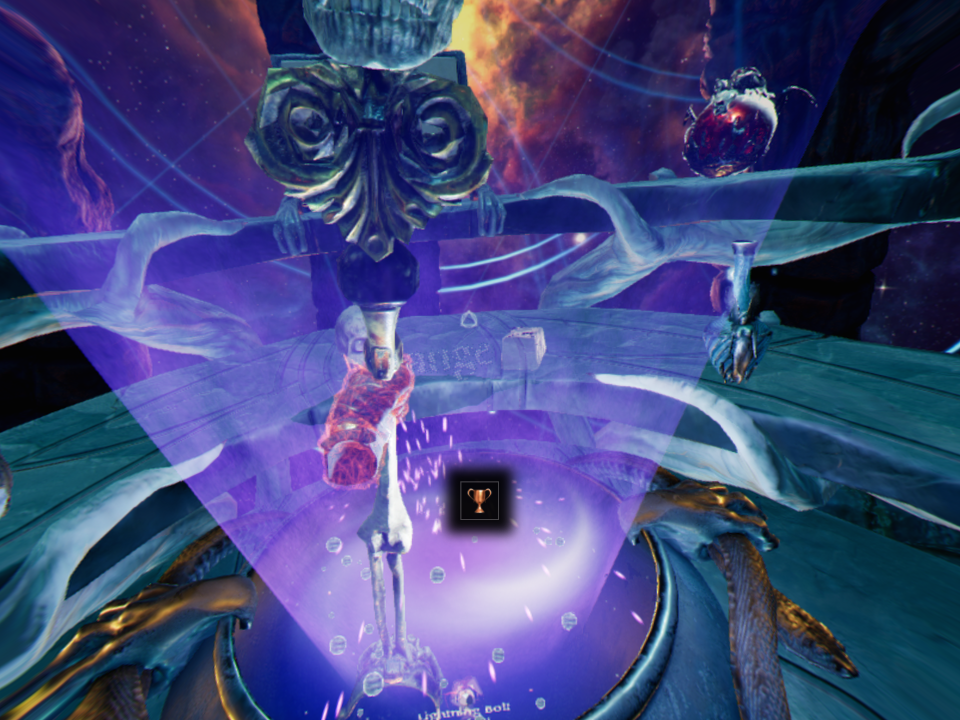
-
The Mage's Tale PS4 Review #20
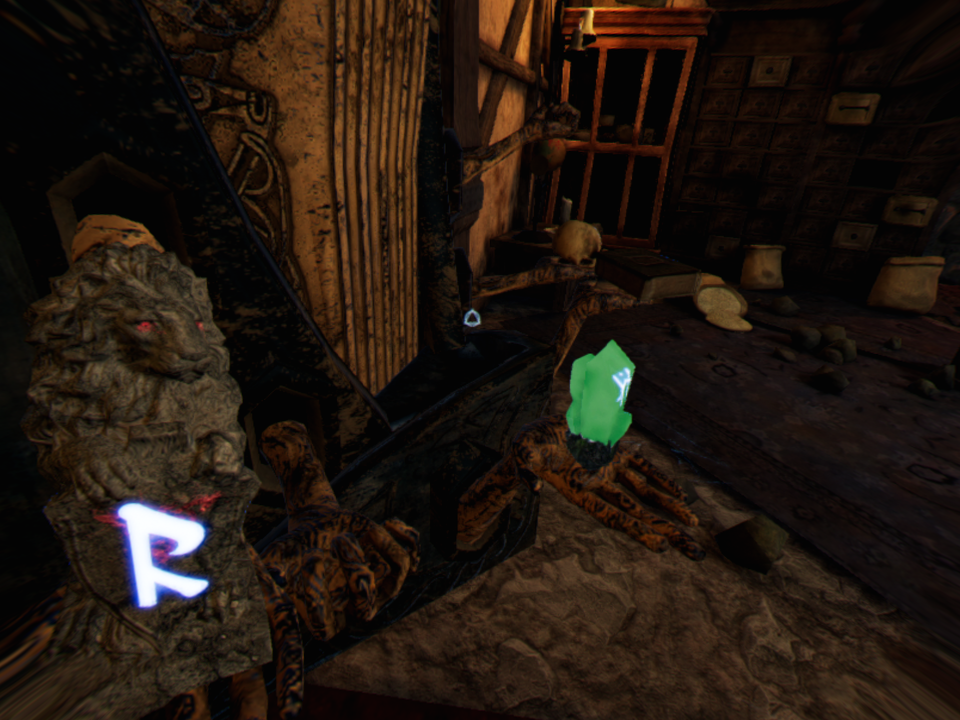
-
The Mage's Tale PS4 Review #21
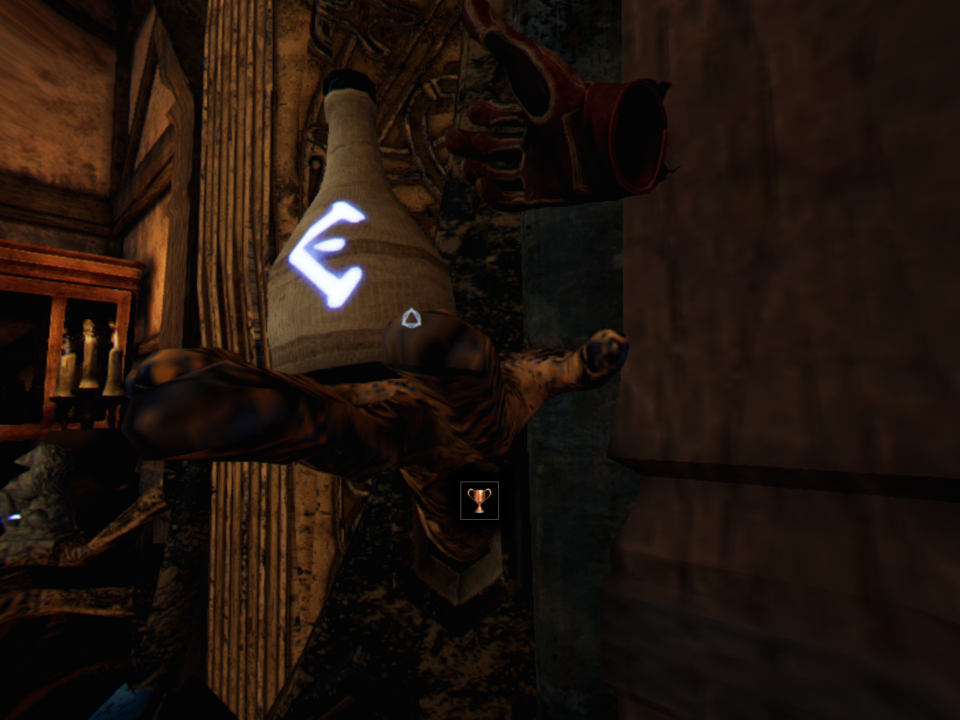
-
The Mage's Tale PS4 Review #22
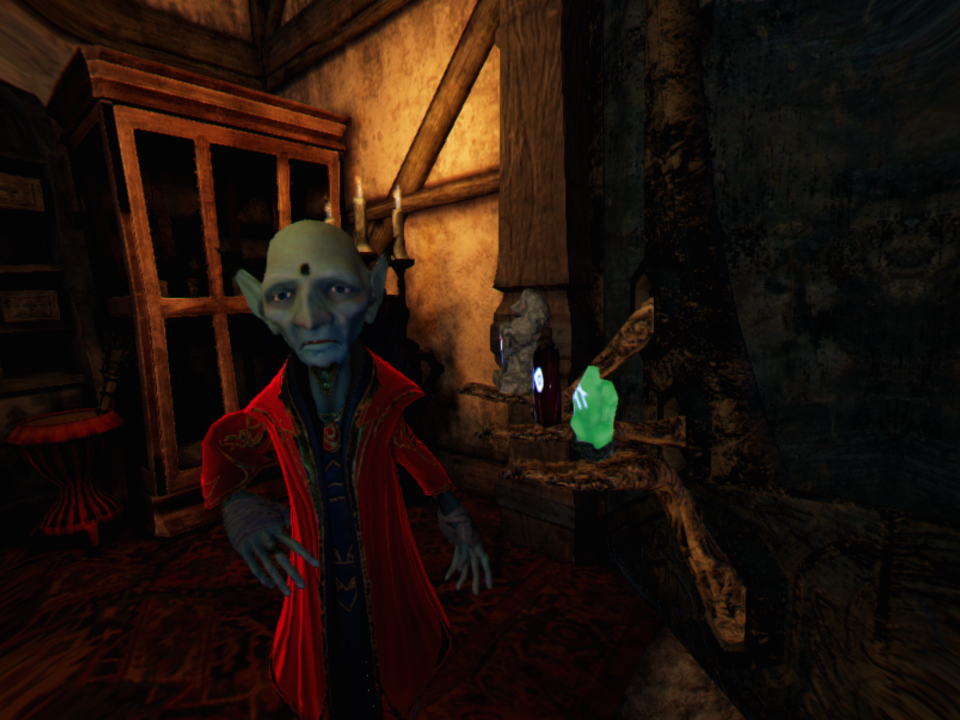
-
The Mage's Tale PS4 Review #23
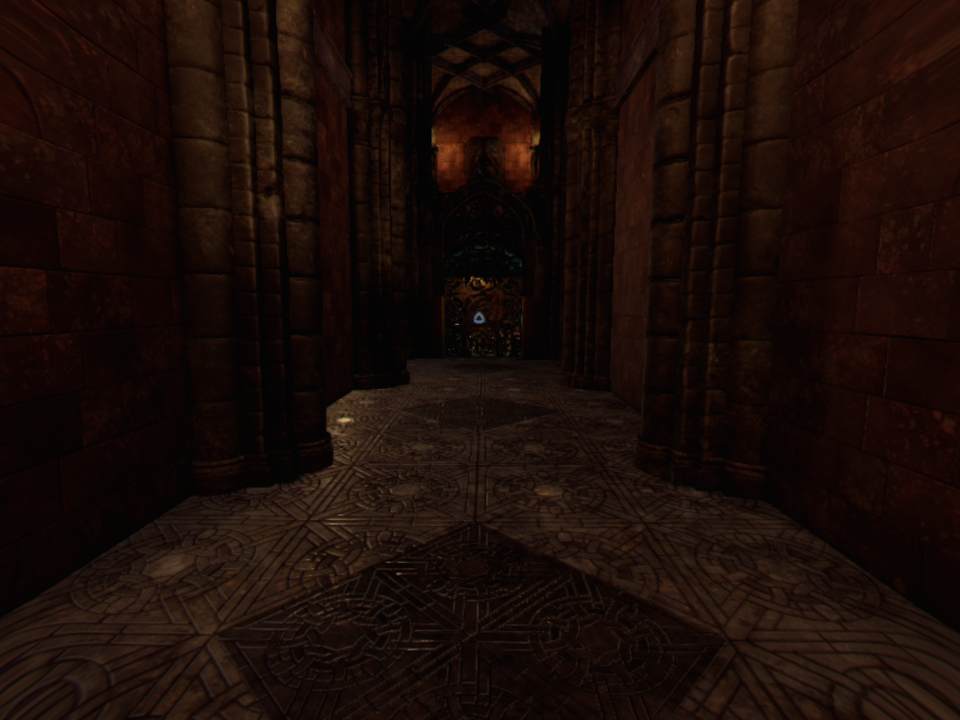
-
The Mage's Tale PS4 Review #24
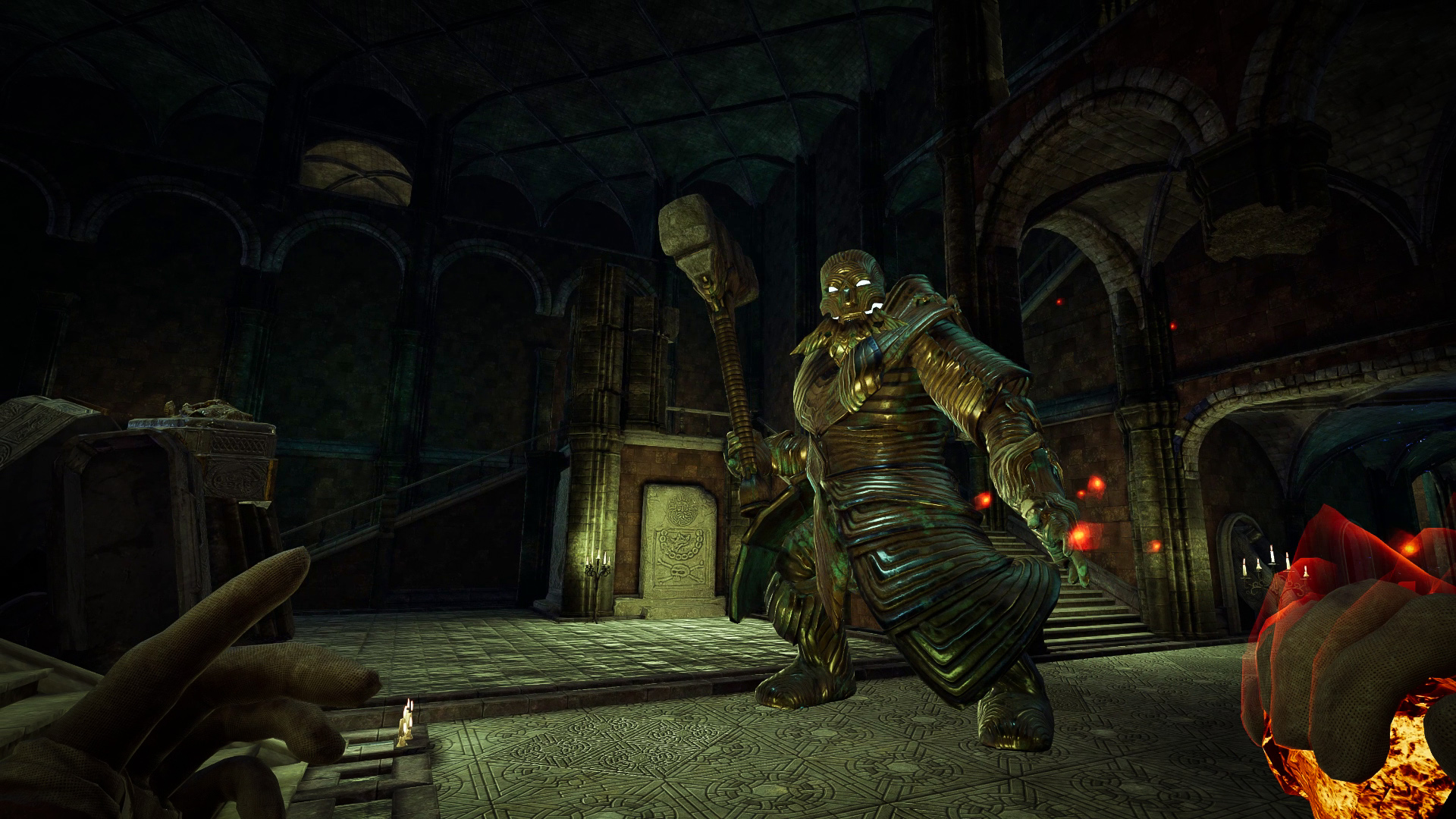
-
The Mage's Tale PS4 Review #25
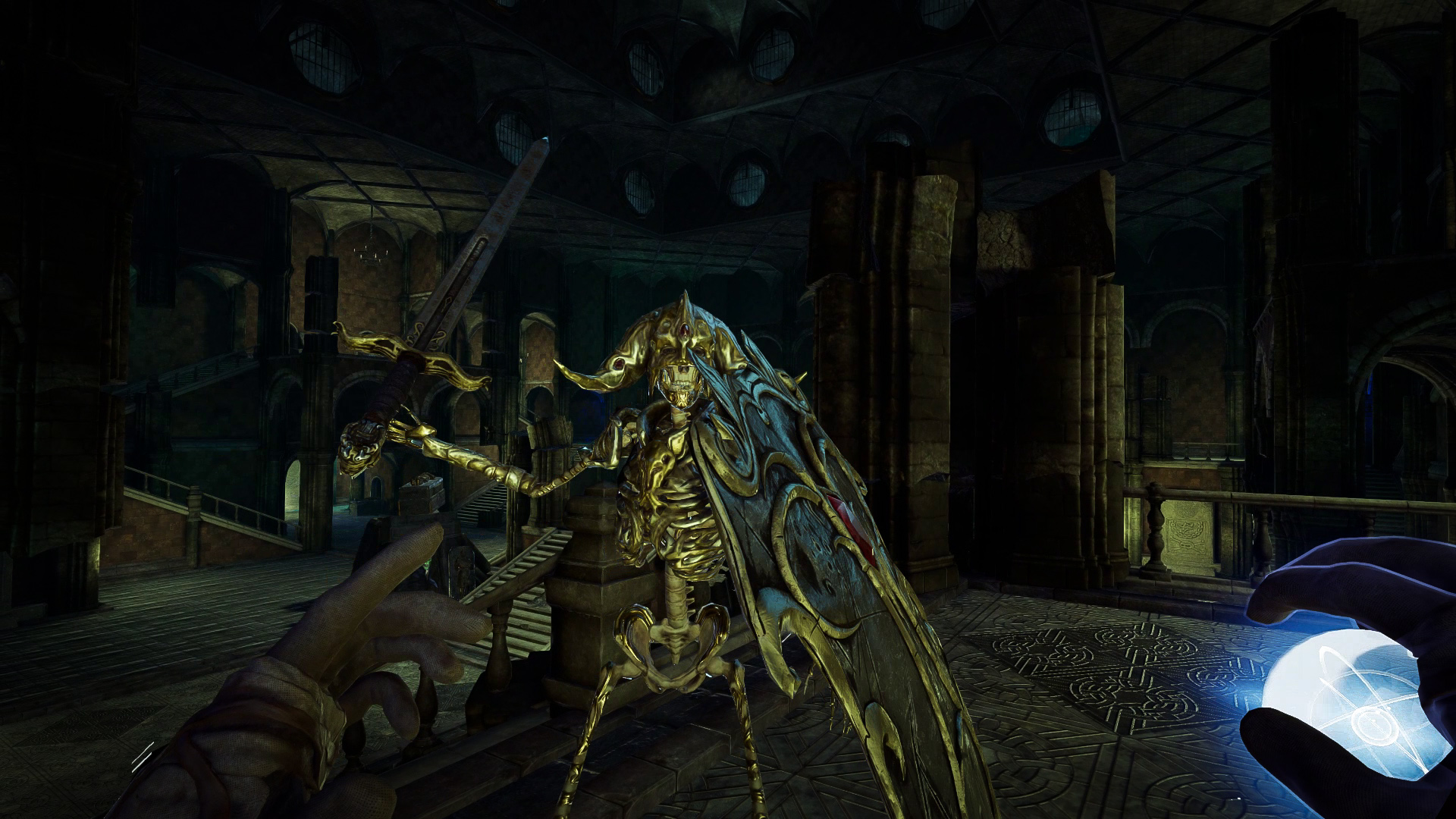
-
The Mage's Tale PS4 Review #26
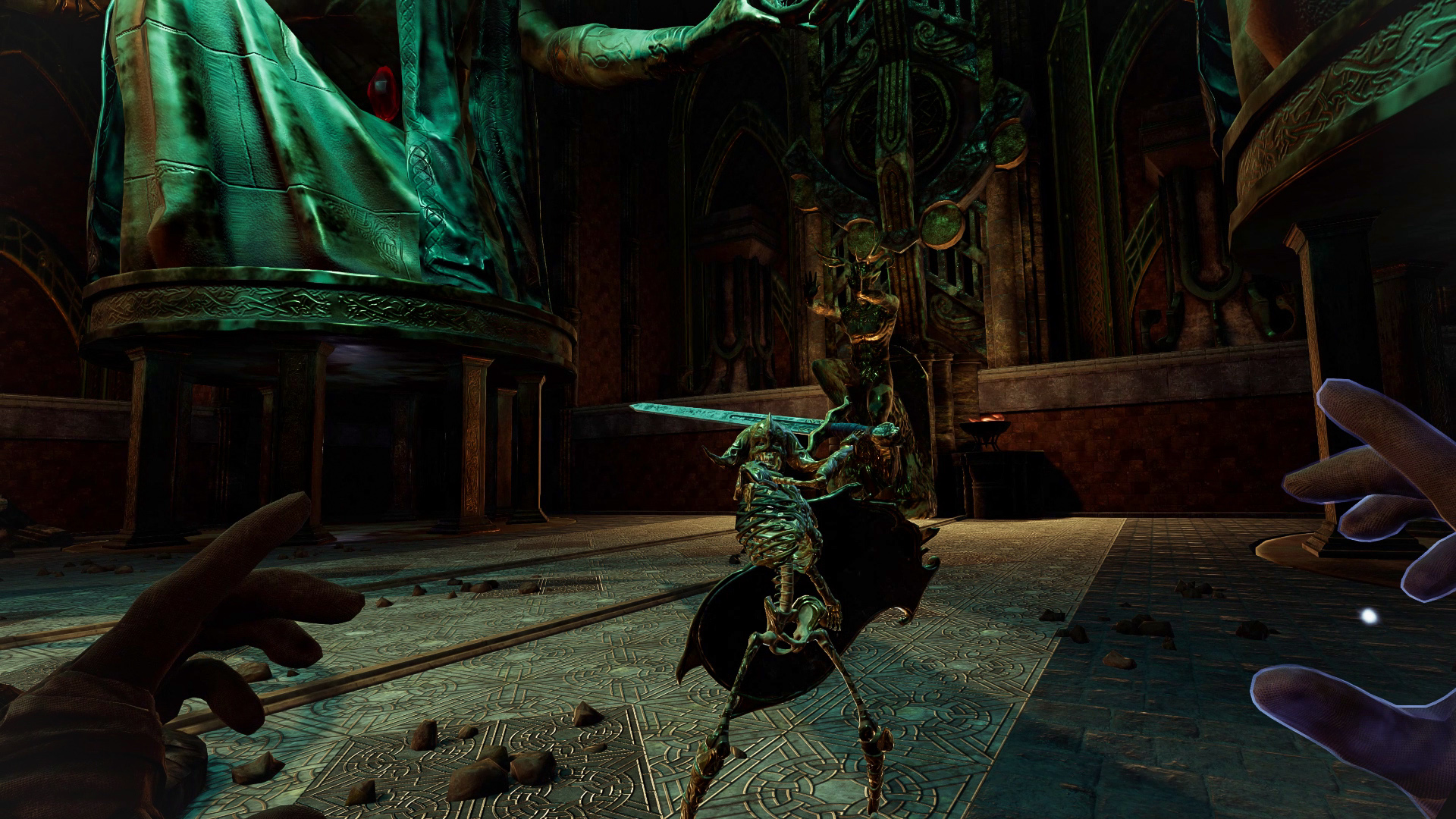
-
The Mage's Tale PS4 Review #27
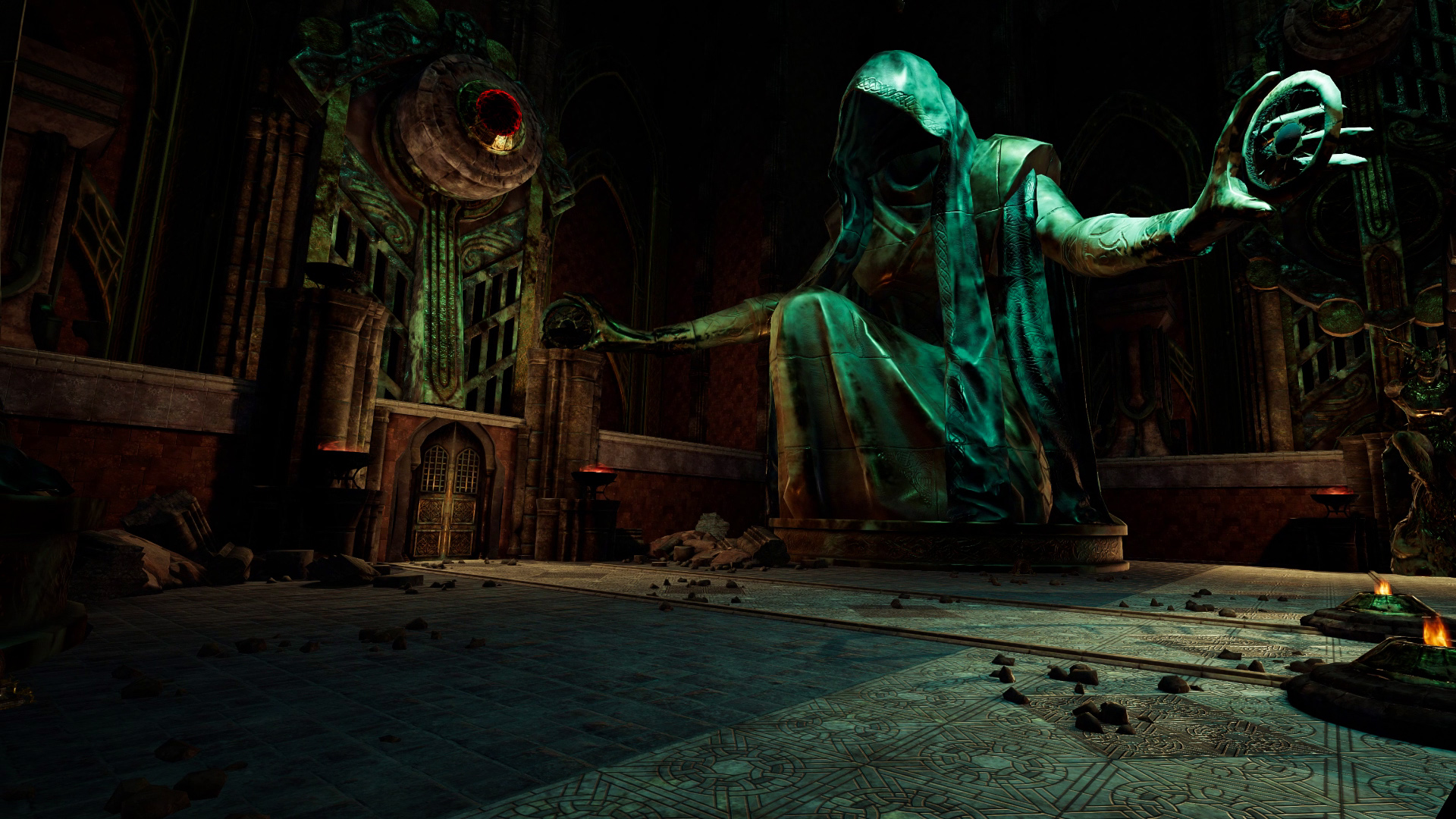
-
The Mage's Tale PS4 Review #28
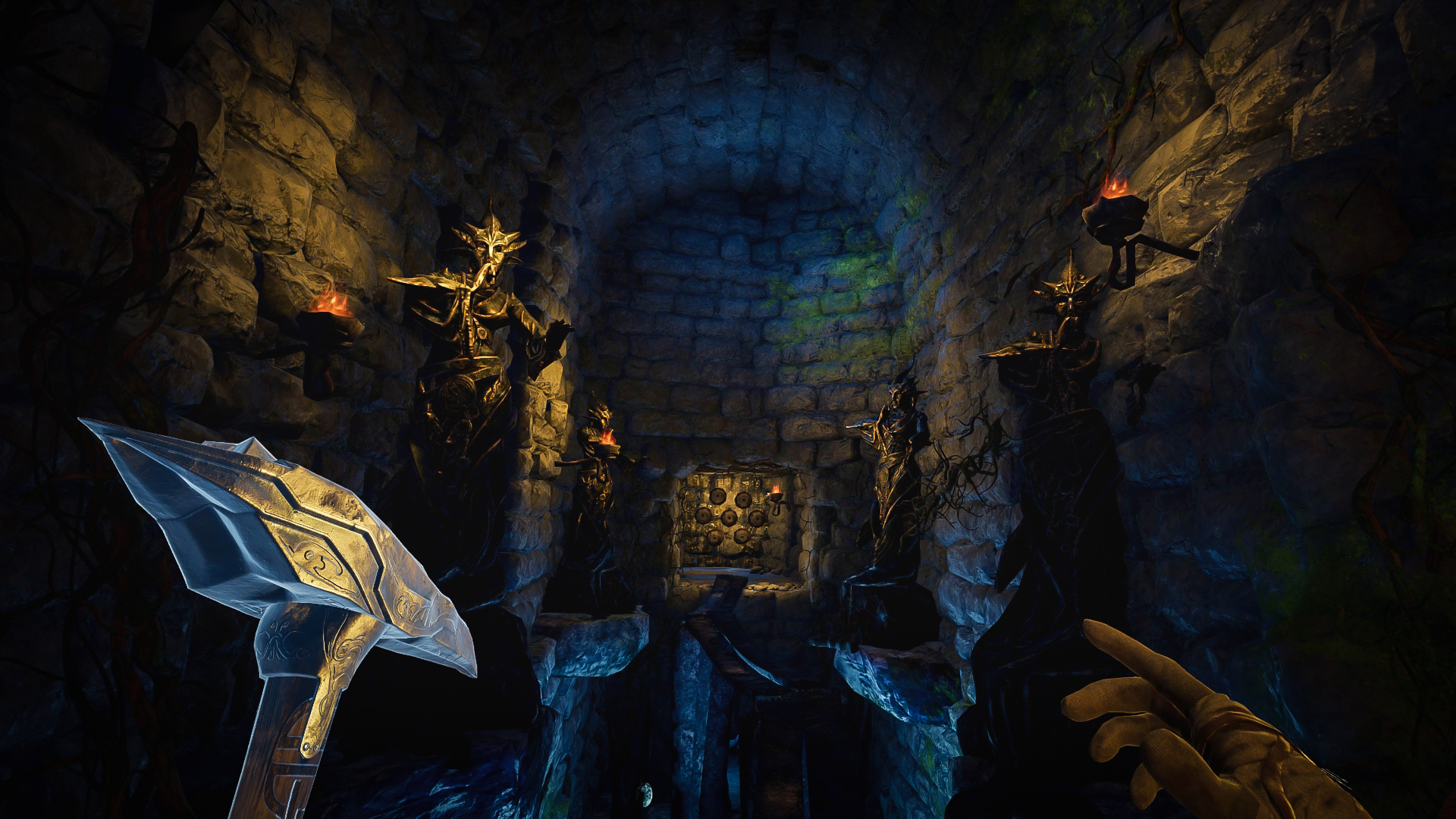
-
The Mage's Tale PS4 Review #29
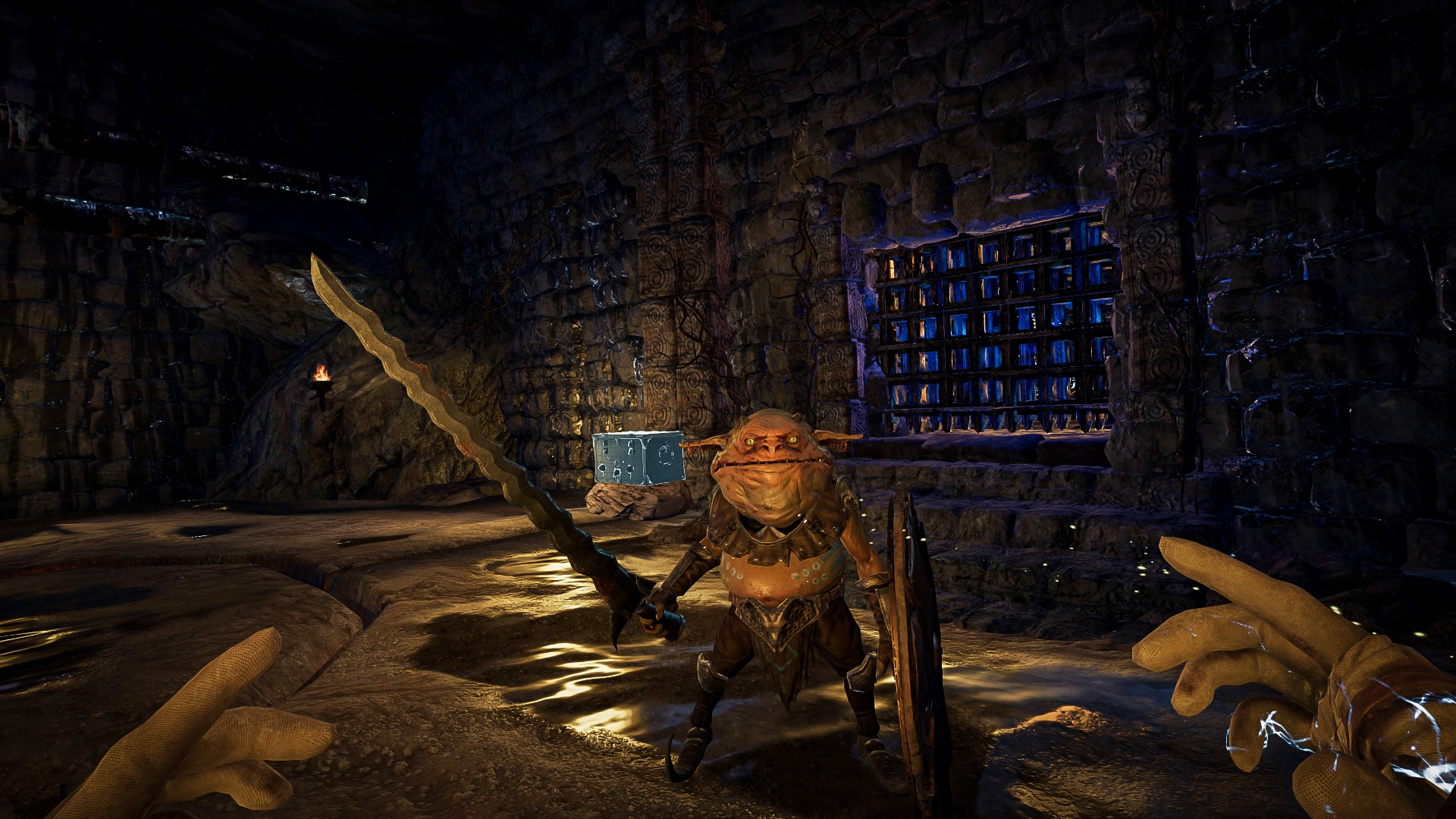
-
The Mage's Tale PS4 Review #30
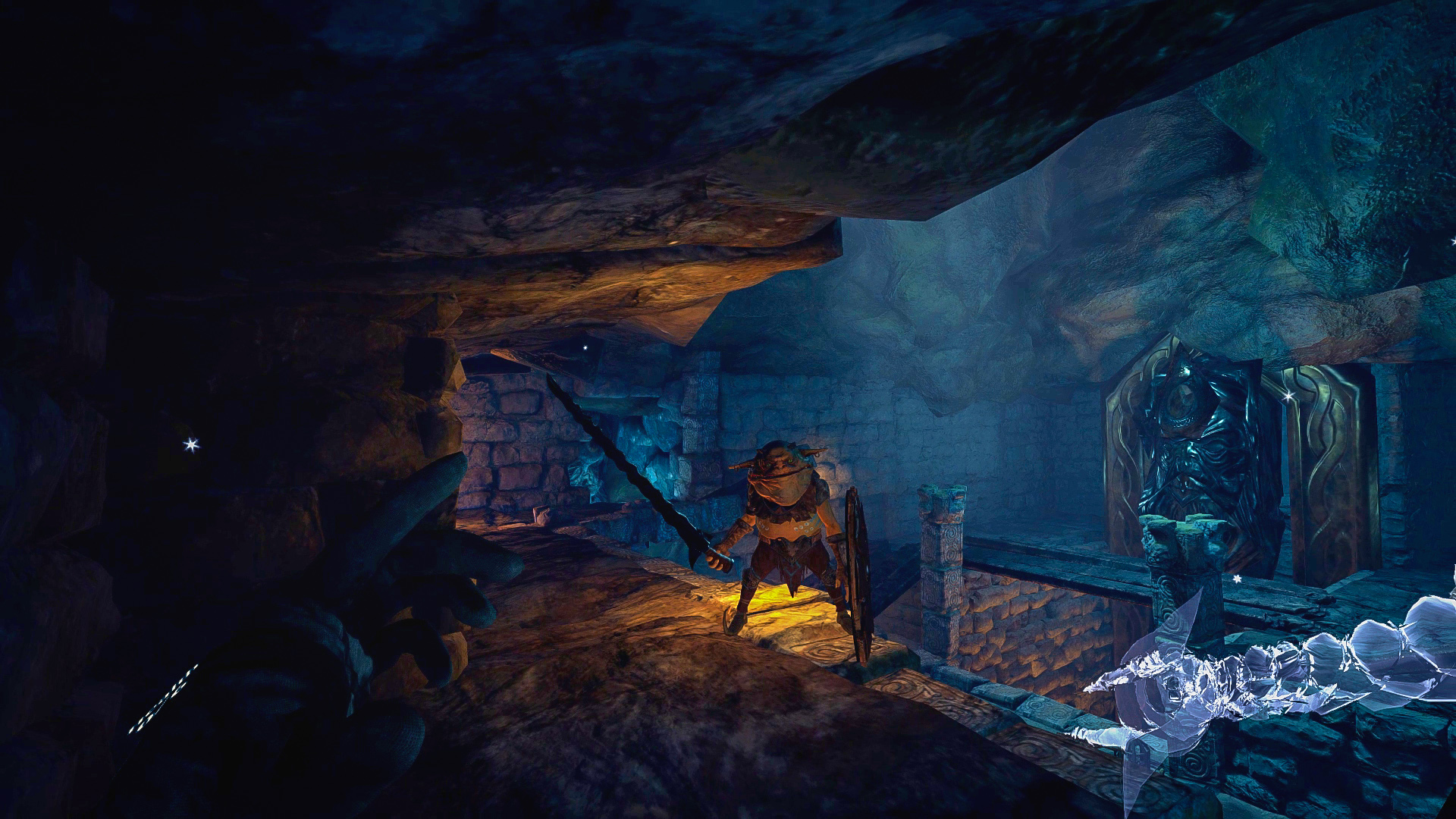
-
The Mage's Tale PS4 Review #31
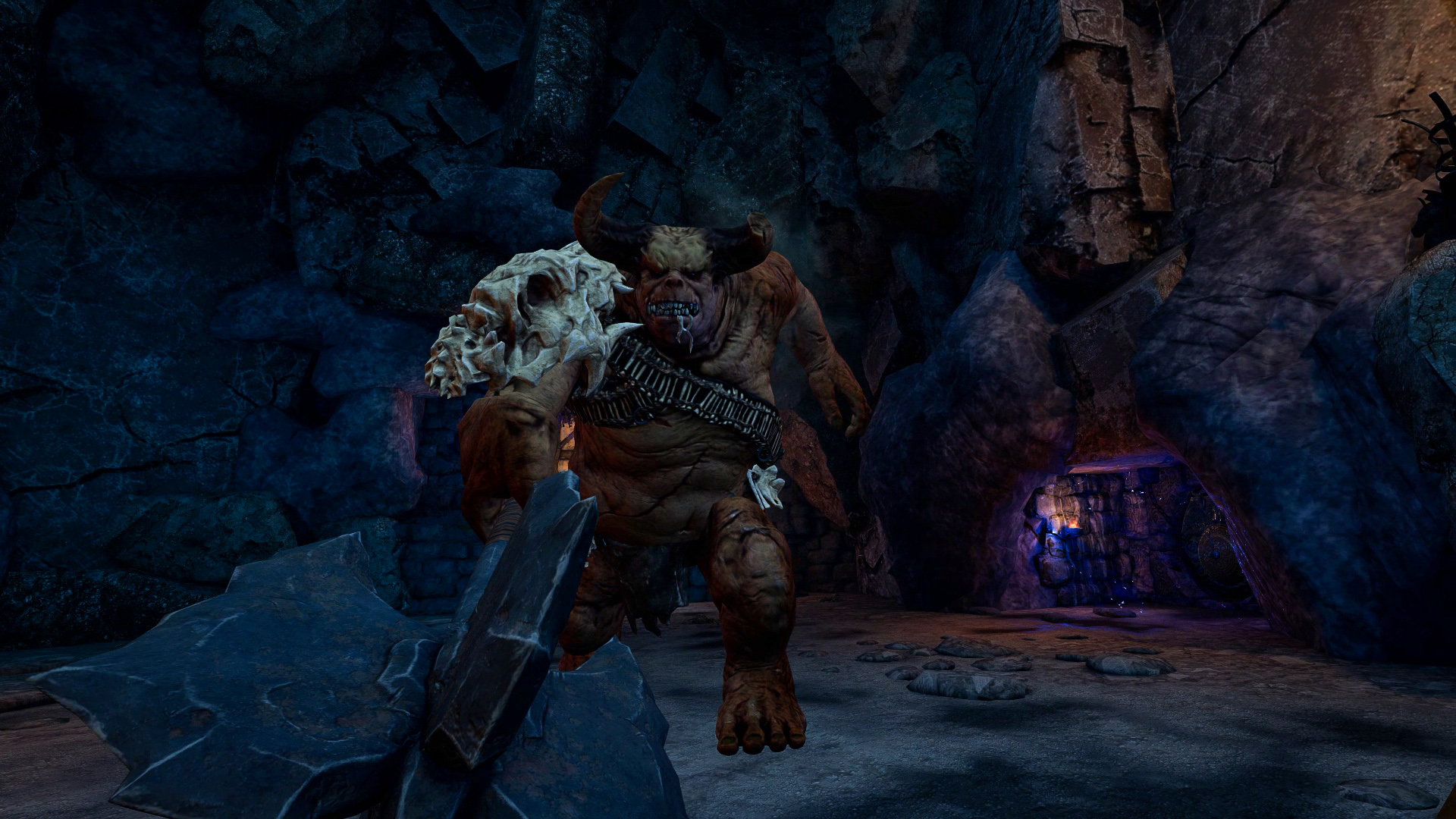
-
The Mage's Tale PS4 Review #32
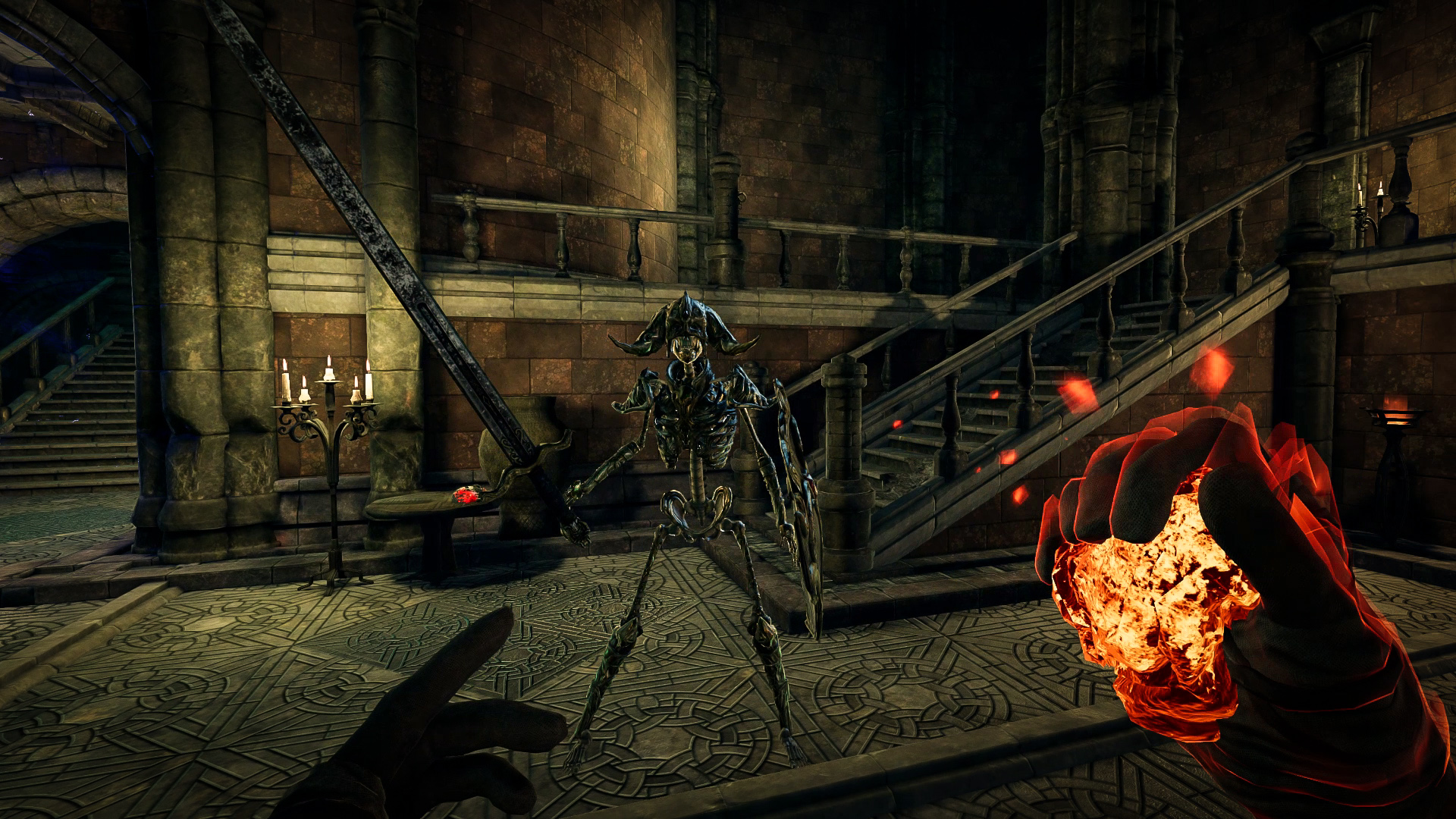
-
The Mage's Tale PS4 Review #33
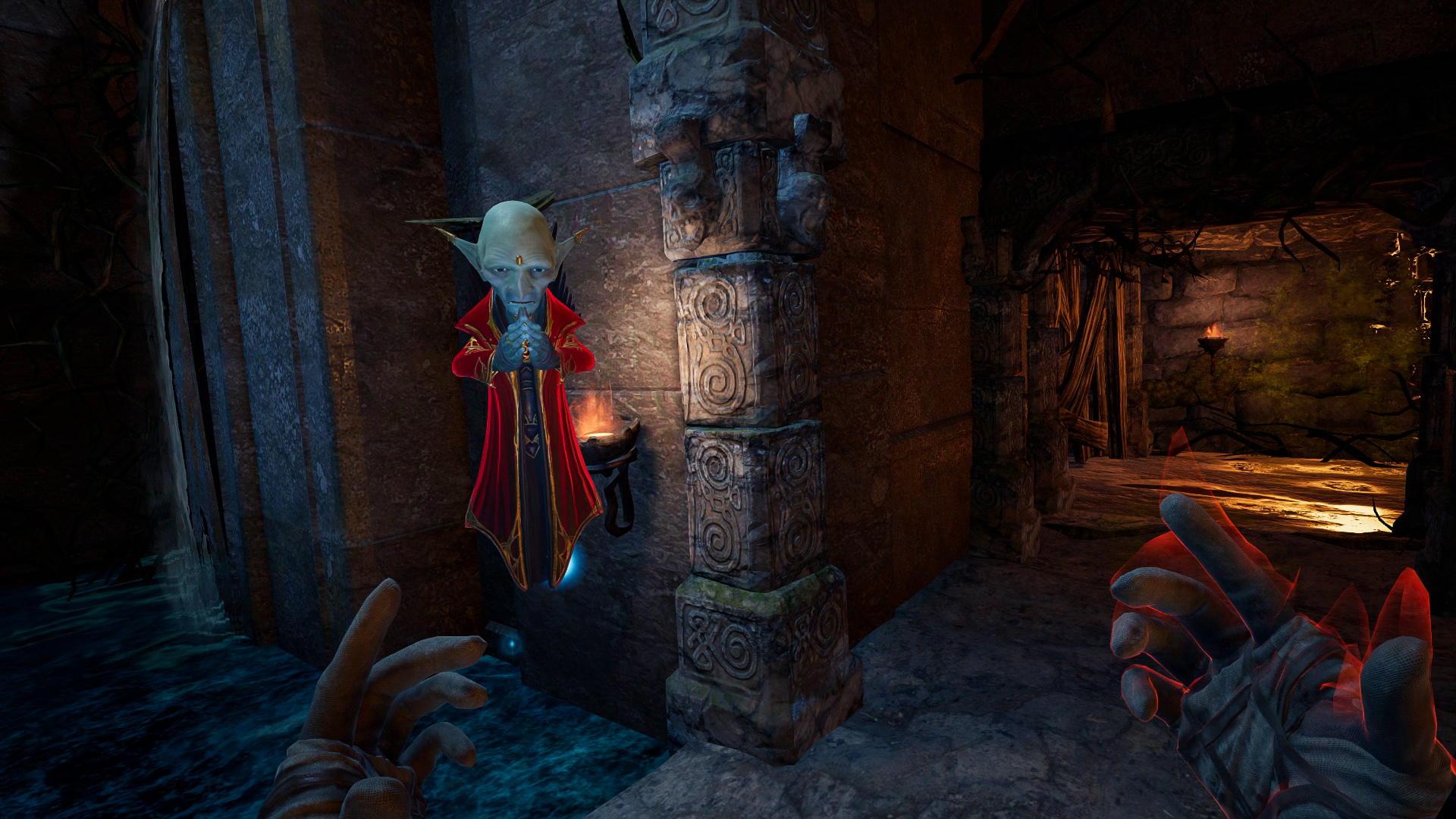
-
The Mage's Tale PS4 Review #34
